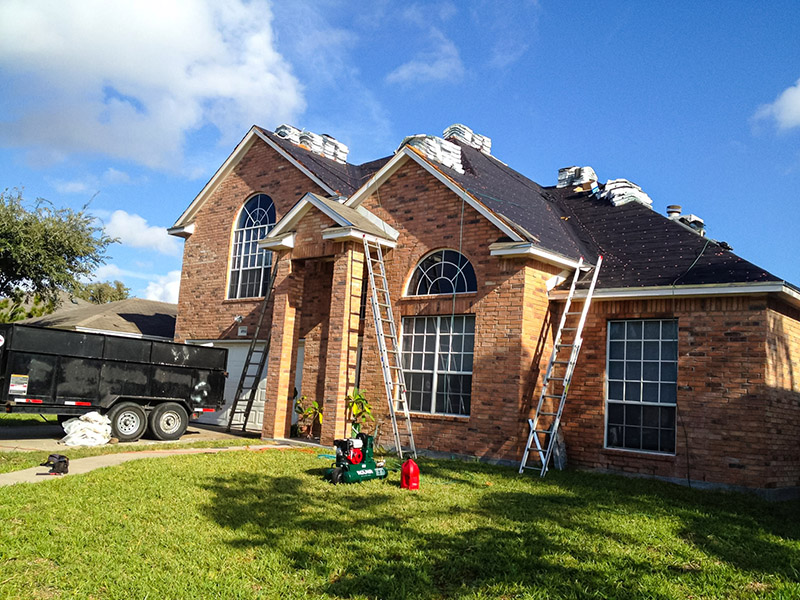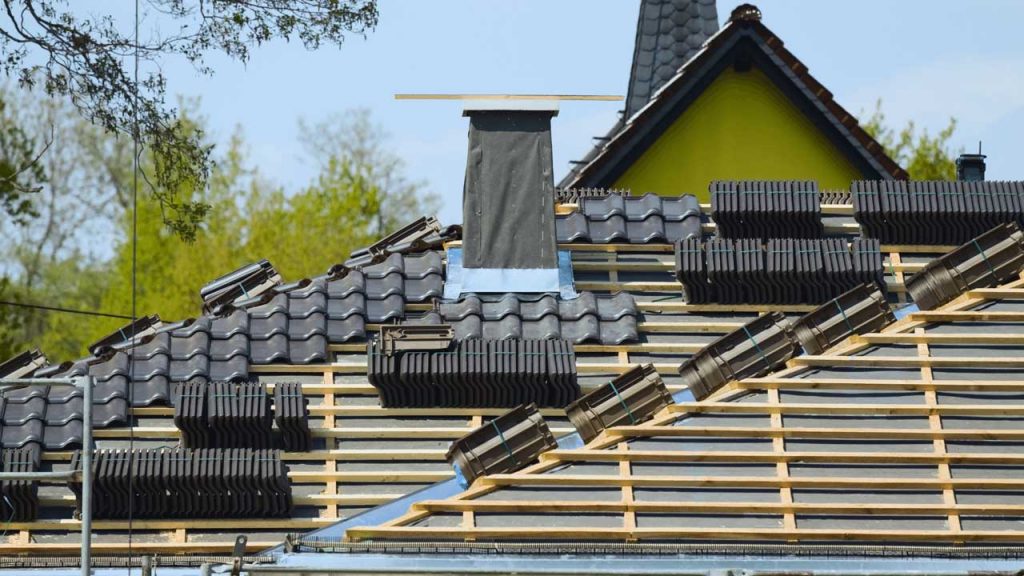Roofing is an important component of any building, providing protection from the elements and requiring proper maintenance to ensure its longevity.
In recent years, roofing innovations have continued to evolve in order to meet the demands of homeowners and industry professionals alike. This article will explore what’s new in the roofing industry, discussing current trends and their implications on both residential and commercial buildings.
Recent advances in technology have made it possible for roofers to increase efficiency while reducing costs associated with installation. These developments include improved materials and tools that allow roofs to be installed quickly while also being more durable than before.
Improved Materials And Tools
The roofing industry has seen a great deal of innovation in recent years. From safety systems to design customization, there have been numerous improvements that have revolutionized the way roofs are built and maintained.
One of the major advances made in this arena is the increased availability of high-quality materials such as sheet metal, asphalt shingles, clay tiles and other specialized products. These materials provide superior protection from moisture and extreme temperatures while also offering greater durability than their predecessors.
Additionally, advanced tools for installation and maintenance make it easier for professional roofers to complete jobs quickly and efficiently with minimal risk of damage or injury. A variety of different products can now be used on flat and sloped roofs alike, allowing customers more options when selecting roofing materials for their projects.

Faster Installation Times
The roofing industry is constantly innovating, and improvements in installation times are among the most sought-after advances.
One way of achieving faster installations is through modular design systems that reduce labor costs by allowing for prefabricated components to be easily fitted together on-site. This has been made possible with the advent of more advanced technologies such as 3D printing, which can create a variety of customized parts and reduce production time.
Furthermore, there have been significant developments in materials technology that allow for more cost-effective solutions while providing better energy efficiency. Insulated panels, reflective membranes, and other modern products drastically reduce heat loss from buildings, saving money over the long term.
Advances in robotics are also helping to speed up installation processes; robots are able to carry out many tedious or dangerous tasks much quicker than humans can. Automation is even being used for complex activities such as weatherproof sealing around windows and doors, making them watertight faster than ever before.
Increased Durability
The trend towards increased durability in roofing innovations has become increasingly popular. This is due to the need for roofs that can withstand harsh weather conditions, as well as fires and other disasters.
One way of achieving this goal is through the use of more advanced materials that are designed specifically for greater strength and longevity. Weatherproofing systems have also been developed which provide enhanced protection from extreme temperatures, high winds and even moisture damage. Fireproofing measures have also been implemented to help protect homes from unexpected fire hazards.
These developments have resulted in a number of advantages for both homeowners and businesses alike. Roofs with improved resistance to wear and tear will ultimately last longer than those without such features, saving money on costly repairs or replacements over time. Furthermore, stronger construction provides additional security against potential intrusions or damages caused by natural disasters like earthquakes or hurricanes.
Green-Roofs
As the world strives to become more environmentally conscious, green-roofs have emerged as one of the most innovative roofing solutions.
Not only are these roofs aesthetically pleasing and easy to install, but they also provide numerous environmental benefits.
Green-roofs consist of a membrane layer with vegetation and soil on top.
By utilizing solar panels embedded in the soil base, these roofs can generate renewable energy while providing insulation for buildings below them.
This means that green-roofs not only reduce air pollution from HVAC systems, but also reduce energy costs associated with heating and cooling.
Green-roofs are becoming increasingly popular due to their ability to act as an effective tool for environmental stewardship by reducing carbon emissions, improving stormwater management, helping local ecosystems, and increasing biodiversity within urban areas.
The plants on these types of roof help improve air quality by absorbing pollutants like nitrogen dioxide or sulfur dioxide which is released into the atmosphere through various sources such as car exhaust fumes or industrial activity.
Automated Roofing Technology
The green roof movement has become increasingly popular in recent years as a way to reduce energy costs and improve the environment.
As an extension of this development, automated roofing technology is now being introduced into the industry. This technology allows roofs to self-repair damage caused by bad weather or other physical stresses with minimal effort from contractors or homeowners. It also helps extend the lifespans of roofs considerably due to its ability to quickly detect leaks and repair them before they can cause any major damage.
Self-repairing roofing solutions are becoming even more advanced through AI-driven technologies that allow for predictive maintenance and preventative repairs. These systems use machine learning algorithms to analyze data collected from sensors on the rooftops and identify potential problems before they occur.
By predicting faults ahead of time, this artificial intelligence (AI) tools help minimize disruption caused by unexpected issues such as water leaks, ensuring that roofs remain safe, reliable, and durable over extended periods of time without any extra manual labor required from property owners or service providers.
Automated roofing technology is revolutionizing how people maintain their homes and businesses while providing unprecedented levels of convenience and cost savings along the way.

Smart Roofing Solutions
The world of roofing innovations has seen tremendous advancements in recent times, with the advent of smart monitoring and predictive maintenance.
Smart roof solutions are now available that can provide real-time data on a variety of issues related to roofs such as closures, flashings, insulation integrity and moisture levels. Such systems allow for proactive management by alerting property owners when there is an issue before it becomes too serious.
In addition, preventive maintenance schedules become easier to plan through these advanced technologies, which help reduce costs associated with repairs or replacements due to damage from neglect or age.
Furthermore, some systems even utilize sensors to detect water accumulation and notify building owners via text message so they can take action immediately. This helps prevent further damage due to water infiltration, ultimately saving money over time while providing peace of mind knowing your property is being monitored around the clock.
With these modern solutions available today, it is clear that the future of roofing looks brighter than ever before.
Specialized Services
The roofing industry has seen a number of advancements in recent years, with companies striving to offer more specialized services than ever before.
In fact, many businesses now provide customized solutions tailored specifically to the needs and wants of their customer base. This includes products that are designed for different climates or areas where extreme weather conditions can be expected.
Additionally, these services often come with comprehensive safety protocols in order to ensure that all workers remain safe while on the job. These protocols typically involve extensive training and education for those working in the field so they are able to identify and address any potential issues quickly and efficiently.
With such an emphasis being placed on safety, customers can rest assured knowing that their roofers have been thoroughly trained in how best to manage hazardous scenarios. Furthermore, having this knowledge also allows them to save time by providing quick and effective solutions whenever necessary.
